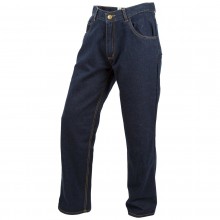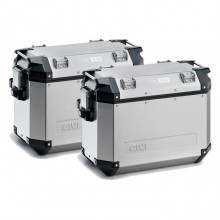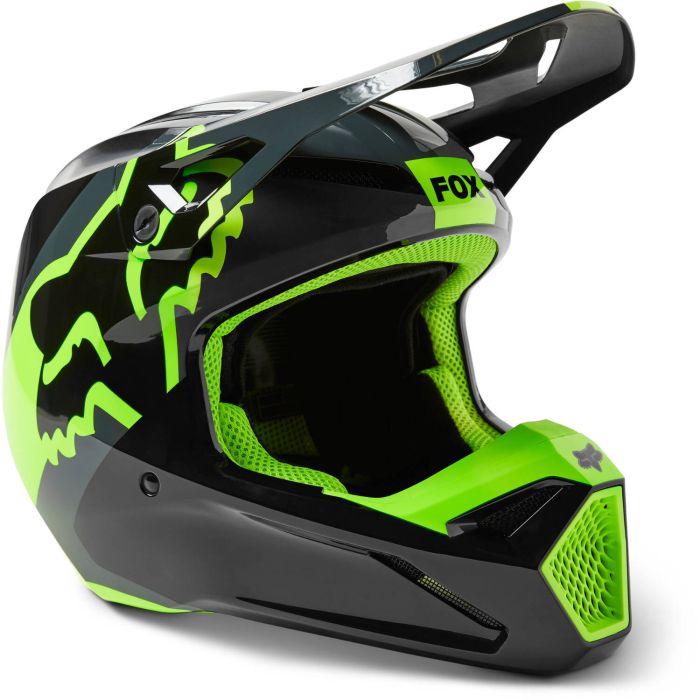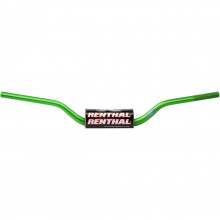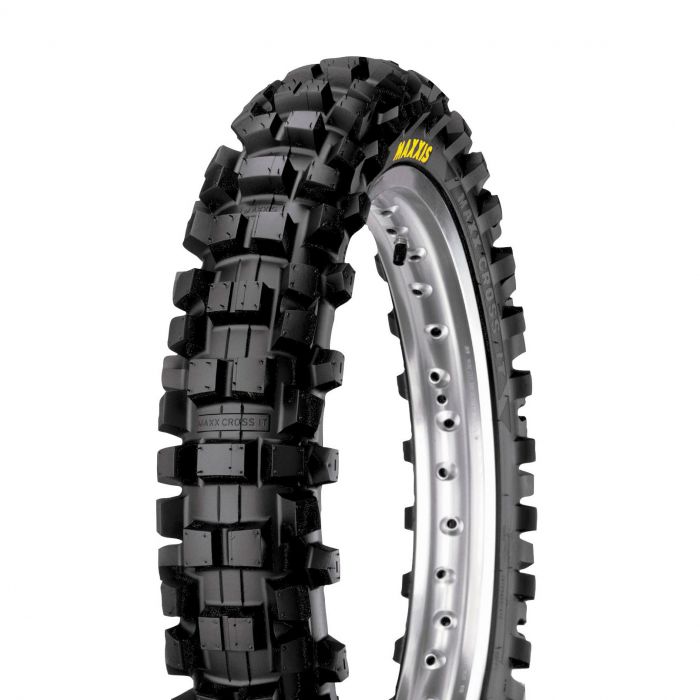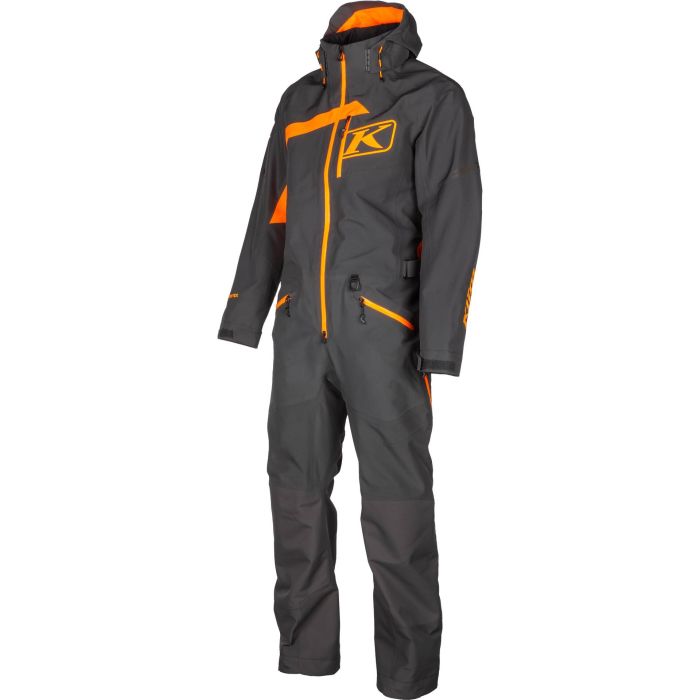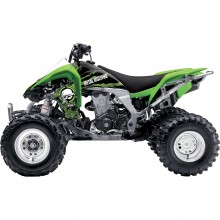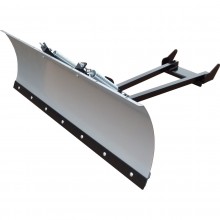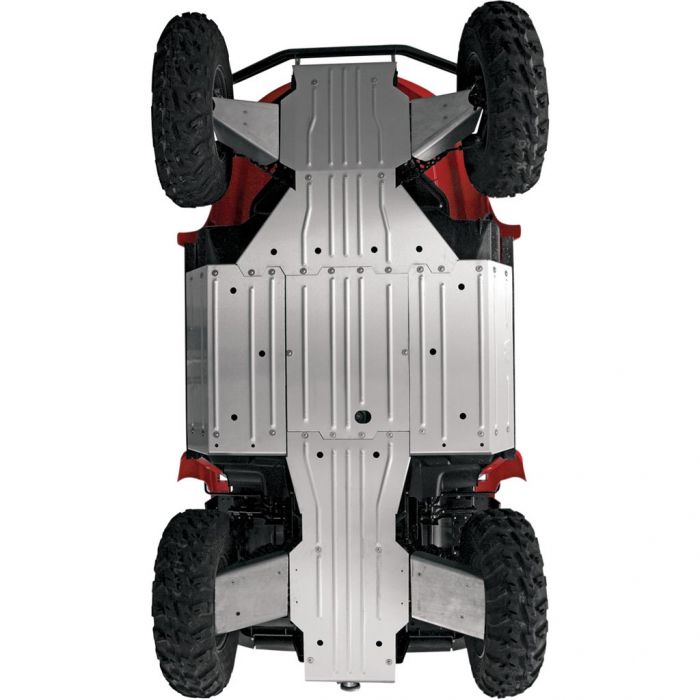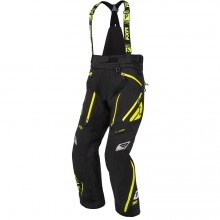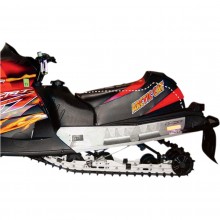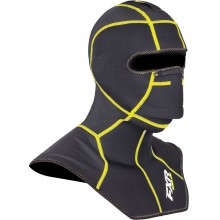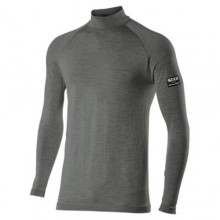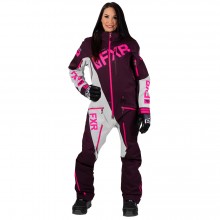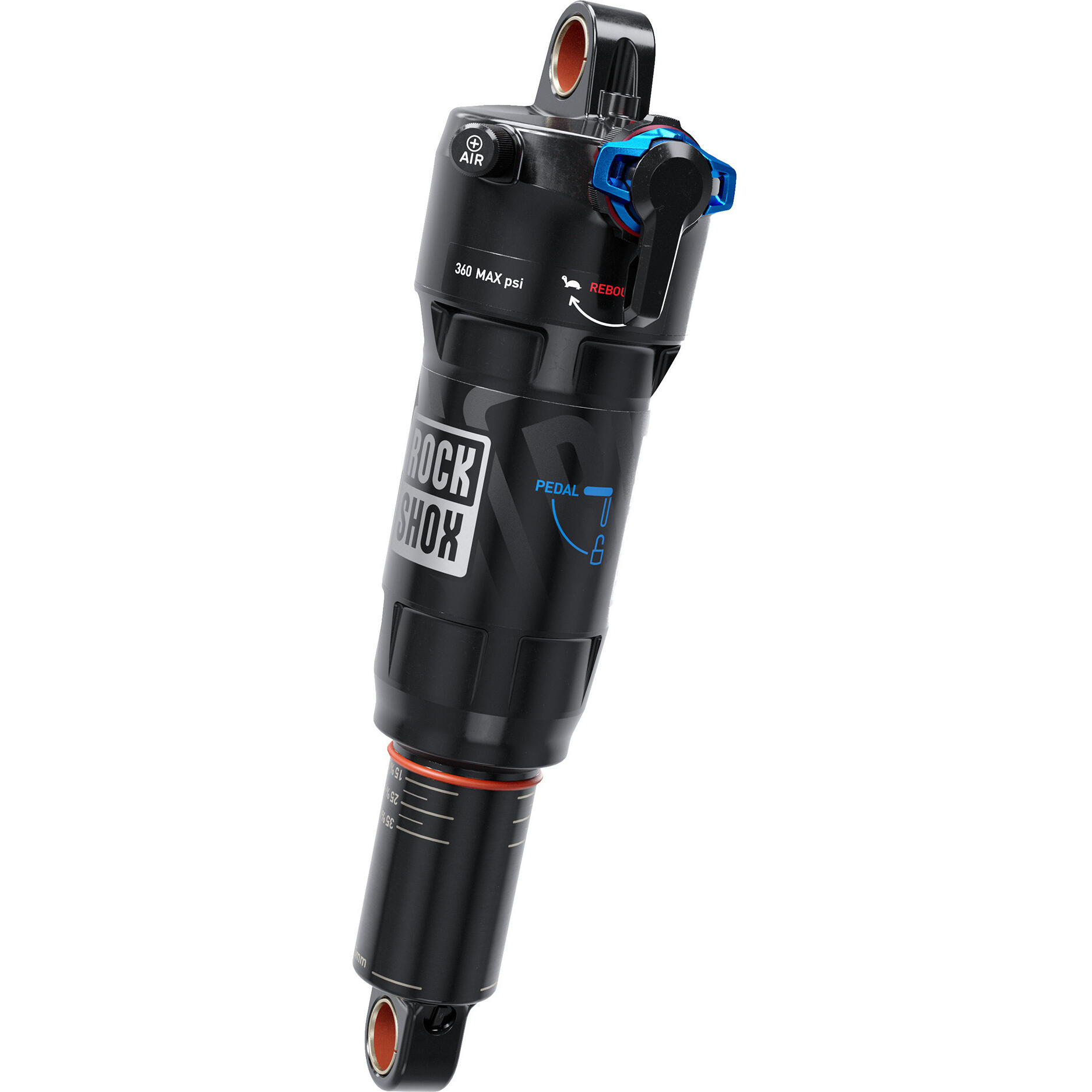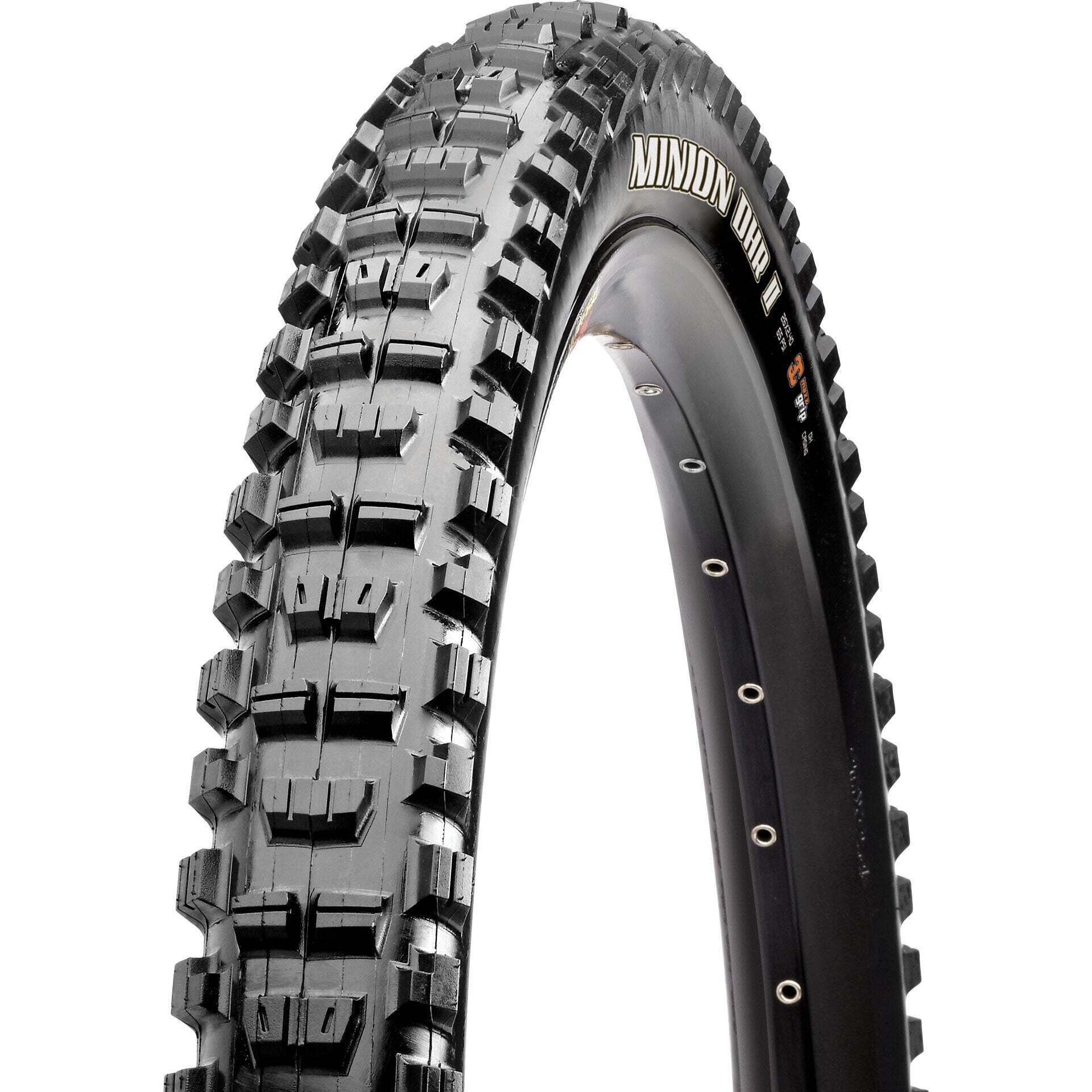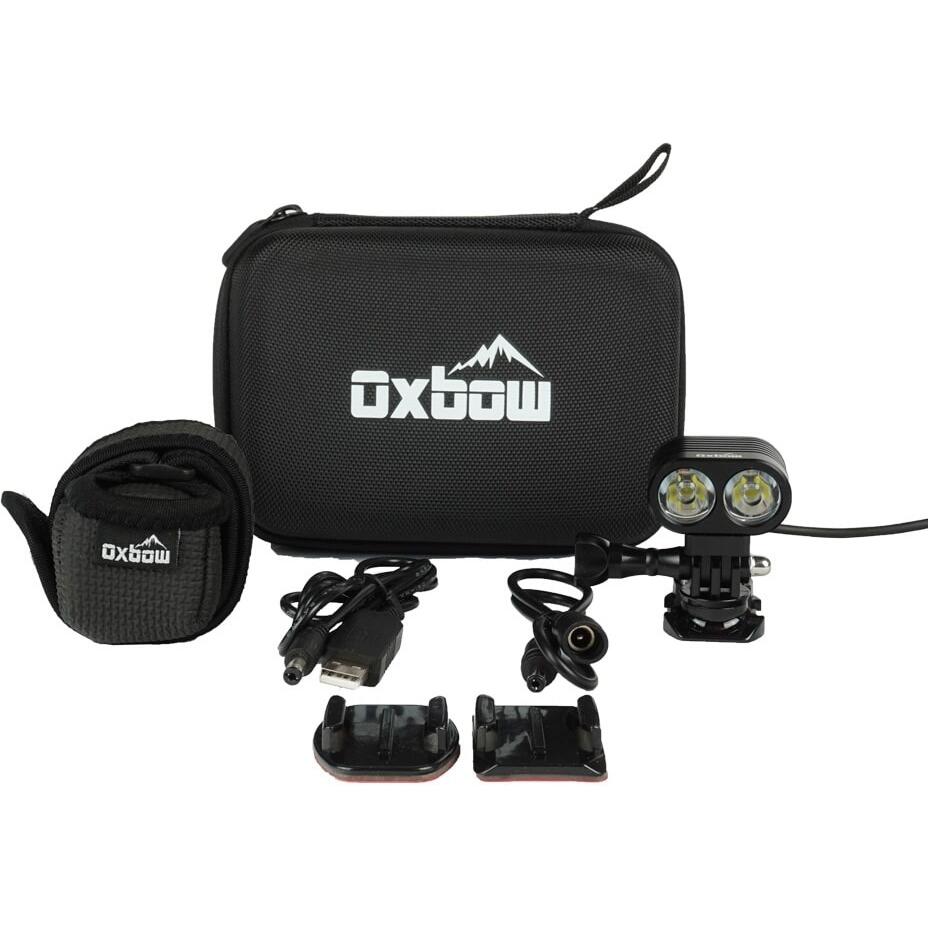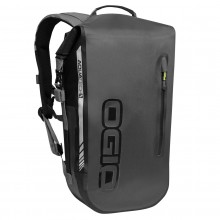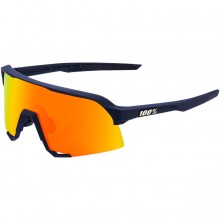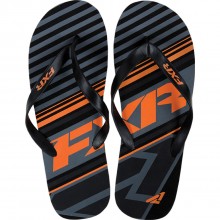
Snowmobile Gear Guide
Our list of must-haves to get you through sledding season, plus some extras if you want to get fancy. Snowsuit up!
Browse Snow Gear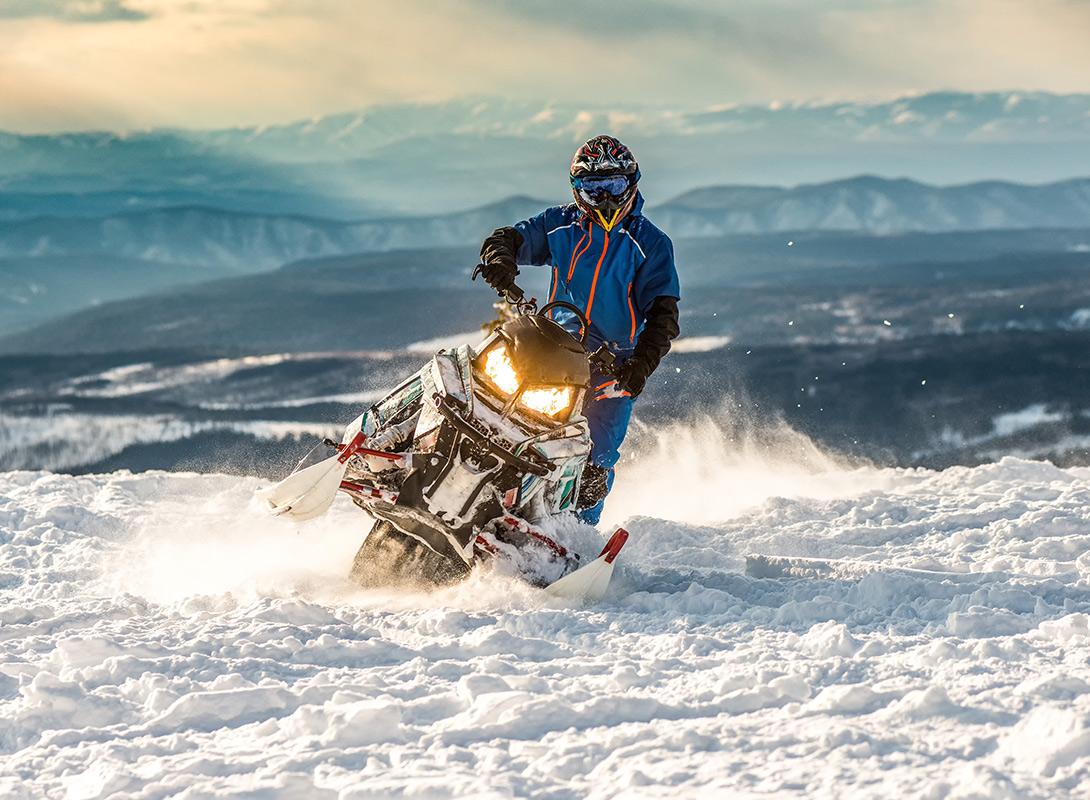
Dec 12, 2022 — Sure, Santa’s sleigh is a classic. But your sled has enough horsepower to make Rudolph the Red-Nosed Reindeer wet himself.
Armed with a long track and a narrow stance, you and your yeti of a machine can take the mountains by storm. That is, for as long as you can stave off the other terrifying beast of winter: hypothermia.
Since we want to keep you alive by the end of the ride, we put together a list of snowmobile gear warm enough to get you through the next Ice Age.
The Helmet
Since we’re not talking about cruising on a nice sunny day, you can forget about open face helmets. The magic words here are full face or modular, along with dual lens or electric shield.
You don’t have to get a helmet with a built in shield if that’s not your thing. You can opt for goggles as well, but be sure that they are also equipped with either a dual lens or an electric lens. This will work wonders to prevent fogging, which is a very common occurrence at lower temps.
Ideally, you also want to look for a helmet with a peak visor, similar to those found on offroad helmets. This will keep the sun out of your eyes, shield you from branches, and make you look cooler. Going with a modular (flip-up) over a full face helmet can have its perks, but it will typically be heavier and might even cause more wind noise.
If you ride ATVs or motorcycles, then all of these types of helmets can also be useful. Given their good ventilation, you can still get away with wearing them during the summer. Just switch out the shield or goggle lens and you’re good to go.
The Goggles
A good pair of goggles can make all the difference. A common problem that many sledders face is light variation. Between low peaks, the riding atmosphere is shadowed and cloudy. A quick ascent will then bring you into shimmering powder bowls and pure sunshine.
Our solution? Go with yellow or rose-tinted lenses. These will enhance contrast in low light, revealing the bumps and dips of the snowy terrain. In addition, they’ll filter out blue light, and this will reduce glare from the extremely bright sun and snow. Of course, you can’t go wrong with a clear lens if you’re riding at night... for obvious reasons!
The Jacket
Mountains, kind of like disapproving mother-in-laws, are difficult to dress for. It’s not uncommon to see 15 degrees with rain in the parking lot, and minus 15 with powder at the summit. And if that isn’t tricky enough, mountain weather also changes notoriously fast. Even on calm bluebird days, clouds and high winds can roll in faster than greased lightning.
Tackle the Backcountry
If you’re riding in such bipolar conditions, don’t buy a do-it-all insulated coat that you’ll always be sweating or shivering in, but consider an outer shell or backcountry jacket instead. This way, you can add or remove underneath layers as needed. Of course, wind proofing and waterproofing will be critical — if you get wet in the parking lot, you’ll freeze when you climb to cooler temperatures. Flexibility is also crucial, as balancing your sled in undulating terrain requires yoga-esque variations in body position.
Blaze a Trail
If you’re not tackling elevated areas, a trail jacket might be your best bet. It’s versatile, and offers a great balance between insulation and ventilation. Some jackets will have more insulation available to them by means of a removable liner, so you’re pretty much covered regardless of the situation.
Cross the Path
For all you racers out there, snocross style jackets will provide superior airflow and flexibility. Like many sportier style jackets, they typically end above the waistline, so the rider can move unrestricted. You also won’t typically see that turtleneck design, as many riders will want to pair these jackets with a neck brace. The name of the game here is ventilation: this keeps moisture out, and hypothermia at bay.
Stand Fast
A quick word on some neat features you should also be looking out for, regardless of the style of jacket you choose. Any mention of waterproofing is great, and this also goes for the zippers and seams. In addition, incorporated FAST technology could be handy, as it’ll keep you afloat should you fall through a nasty patch of ice.
Finally, it goes without saying that hi-viz reflective materials and colours are a welcomed addition. If you’re in a tough pickle in some lost neck of the woods, it could make the difference between a patrol finding you... or finding you later... in the form of a frozen sculpture.
The Gloves
Finding gloves that fit is the first step, but they can still cause your fingers to fall off if you haven’t considered extra features like waterproofing and insulation. You’ll also want to look for long and large cuffs, so that the gauntlet can extend over your jacket. This seals in heat while keeping the powder out.
A nice little bonus found on many gloves is a sewn-in squeegee. It allows the rider to clean their goggles in the midst of all the action. Concerning insulation, thicker on the back of the hand and thinner on the palm is the way to go. With the latter feature, snowmobilers will benefit from increased dexterity, and if they have heated grips, the thinner palm insulation will actually quicken heat transfer.
The Bib
"I’m a grown adult dammit, why are these lunatics selling me bibs?" you may ask. Well, that’s cause the bib also refers to snow pants with added coverage, similar to overalls in style.
The main benefit of the bib is to better retain heat, provide additional insulation, and keep the snow out. If we’re being optimistic, perhaps we’ll one day see the term “snowveralls” in common use, but for now we’ll have to make do.
"What if I don’t want all these extras? F9, you know bibbly-squat!" you may roar. Well, if you bib-lieve that the snow-farmer overall look is not "très you," just dawn a simple cut-at-the-waist snowmobile pant, with or without suspenders.
Bibs and pants will have similar, if not identical features to what we mentioned in the snow jacket section above. Whether you ride backcountry, trail, or race, pick the option that suits your needs. And if you still can’t make up your mind, you can always go with a one-piece snowsuit — this way you don’t have to buy both jacket and pants separately. Plus, you’ll be warmer this way.
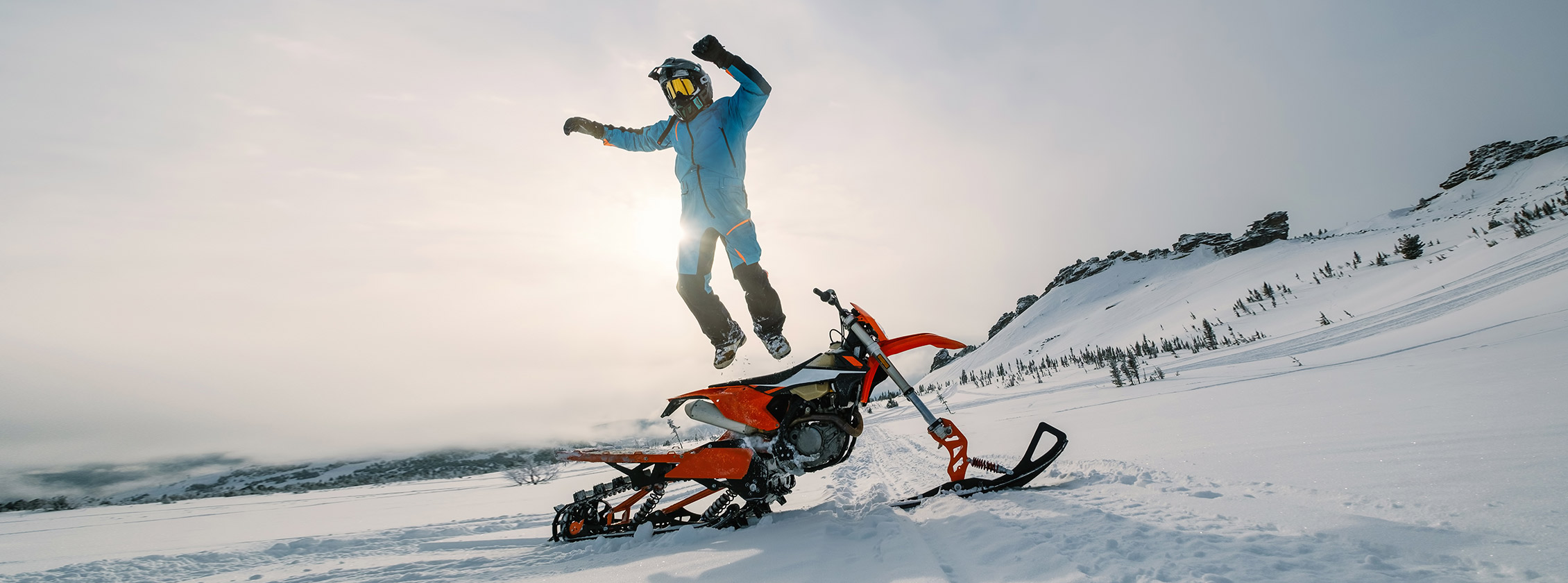
The Boots
Whether you’re hitting the trails or sidehilling, you’ll no doubt encounter turns where you need to shift your weight all over the running boards. When you plant your foot, a more rigid boot will aid in preventing fatigue and injury.
Look for something with lug outsoles so you don’t have to worry about slipping. Also, any mention of waterproofing, paired with breathability, is key. This means that exterior moisture can’t get in, while interior perspiration can be wicked away. If your snowmobile has foot holds, consider a boot with a tapered toe profile — it’ll make it much easier to slide into place.
For all you fancypants riders done with conventional laces, the BOA closure system is a neat add-on which makes tightening quicker and easier. We prefer the old-fashioned stuff, as simplicity is often more reliable. For instance, if you break a regular shoelace, they’re quick, cheap, and easy to replace.
The Layers
The secret to staying warm isn’t always determined by the outer shell. Donning both a base and mid layer has the power to turn you into the ultra-cozy snow-burrito you’ve always wanted to be.
Base Layers
A base layer is typically quite thin and skin tight. Now it might not make you look flattering, but it’ll greatly aid in moisture wicking and reducing muscle fatigue. No matter how good your outer shell is, there’s an old hiking motto to remember here: "cotton kills."
Why? Well, if you're exerting yourself in situations where outside temps plummet, wearing a layer of cotton will lock in all the moisture from your sweat. The killer detail here is that the air pockets within the fabric will now be filled up with water, rendering its insulation capabilities useless. Don’t take this lightly, as trapped moisture can still render you hypothermic even if it’s not that cold outside.
Mid Layers
So you’ve got some kind of moisture wicking base layer. Now what? If you just have an outer shell with little to no insulation, you’re going to want to consider a mid layer of some sort. The added insulation will provide much-needed thermal protection, and typically the fabric will retain moisture-wicking properties.
The Socks
We know what you’re thinking — you can’t be serious, special sledding socks? Just bear with us, because we get pretty serious about socks around here.
People won’t hesitate in spending a small fortune on high-tech riding boots. Oddly enough, however, they’ll go on to wear some ancient pair of 50-cent sneaker socks underneath. It’s a shame, because bad socks can completely nullify the benefits of a fancy boot! Similar to our scenario with base layers, what good is a moisture wicking boot when you’re wearing soggy sponge socks? Case in point.
Believe it or not, most manufacturers produce a specially designed sock to complement each of their boot models. If you already have a good pair of mountain boots, check to see if there’s a matching sock. If not, anything with the keywords “thermal” and “moisture wicking” will do the trick!
The Extras
As members of the snowmobile family, we look after for each other. That’s why we can’t leave out the following safety extras from our list: beacon, shovel, probe, backpack, and first aid kit.
Bring Home the Beacon
If you do a lot of high marking and backcountry riding, then an avalanche beacon is a must-have. You just never know when things can go south, so having a strong signal strapped to your body can make for a successful rescue. Most of these devices aren’t cheap, but it’s your life on the line here.
When Push Comes to Shovel
Then comes the shovel — typically equipped with near survival add-ons like a saw — which is not only effective in rescue scenarios, but also in cases where shallow excavation is needed. Think of how much better the day will be if you don’t spend 3 hours muttering curse words and digging up a stuck snowmobile with your hands.
It’s Snow "Probelem"
Of all snowmobiling safety equipment, the avalanche probe is the most forgotten. This piece of equipment is just as vital as the 2 we’ve mentioned above, as it can decrease rescue times dramatically. In emergency situations, the collapsible pole can be deployed and used to locate someone buried under a pile of snow — typically in conjunction with a beacon.
Backpack Your Bags
If you need somewhere to store all this gear, then a handy backpack is a must. It will have exterior storage for your shovel and probe, and will also include other useful features like an integrated whistle, removable goggle and tool pouches, and a hydration pack. Throw in a first aid kit for good measure, a couple days of practice with your new tools, and you’re ready to take on whatever that mountain throws at you.
Thanks for reading through our (surprisingly long) snowmobile gear guide. We won’t say more, it’s high time you get out there and enjoy the trails!
Is Gore-Tex Worth It? Waterproof Comparison Test
Gore-Tex, the Mike Tyson of the waterproof membrane world, goes up against 7 contenders to the throne. We have everything from cheap and cheerful basic liners to high-performance waterproof membranes from Alpinestars, Rev’it and Dainese. Round One... FIGHT!

Related Articles

Preventing Snowmobile Theft
With ninja tactics such as these, who would even dare to look at your snowmobile the wrong way?

Before You Buy a New Snowmobile
What kind of things should you be looking out for prior to purchasing a new snowmobile?

8 Types of Snowmobiles
Get to know the different snowmobile types out there before narrowing down your buying options.





